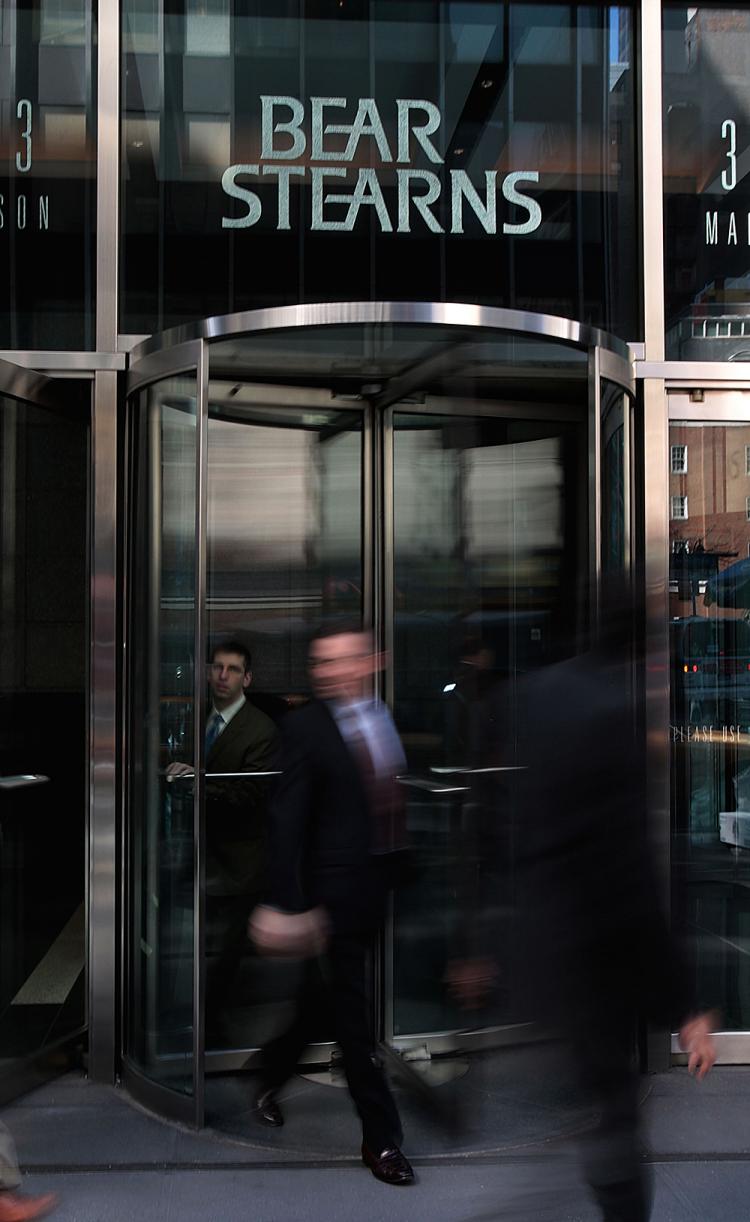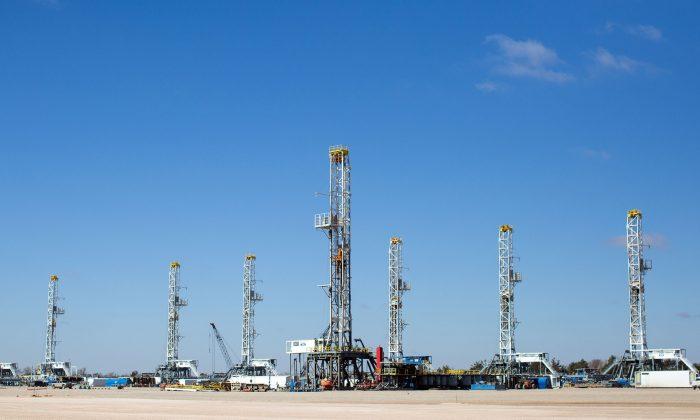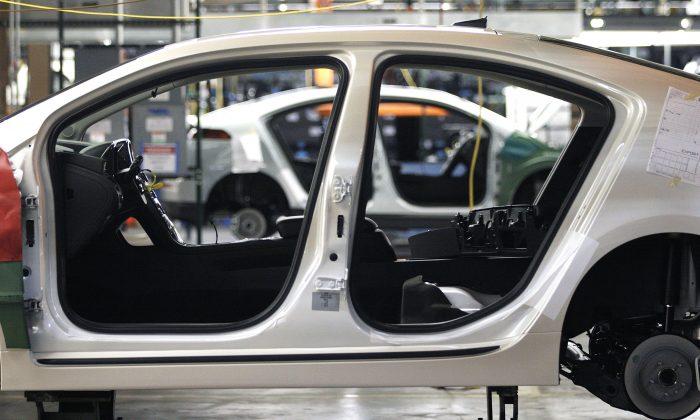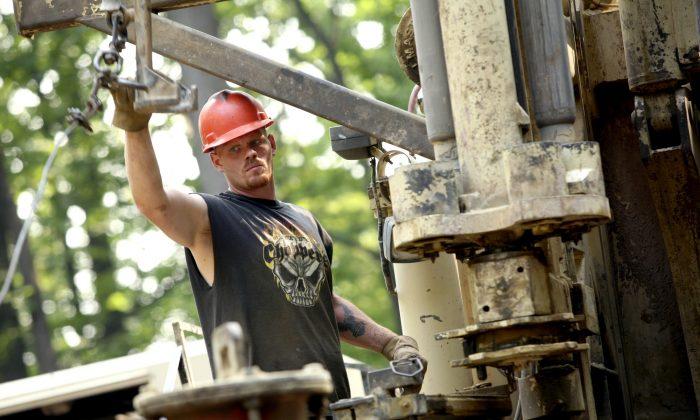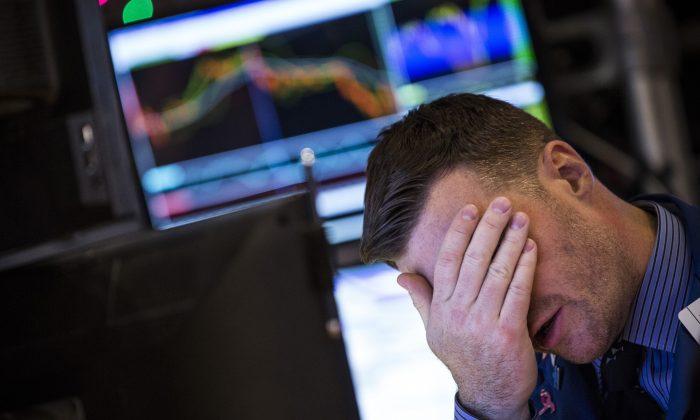The initial offer of $2 per share seemed ludicrously low in 2008, when JPMorgan CEO Jamie Dimon, backed by the Federal Reserve Bank of New York, offered to acquire his former competitor.
At the time, many analysts and reporters called the deal “shocking” or “surprising,” as seemingly overnight, what was deemed impossible became reality.
The Bear collapse and sale, in some ways, marked the official beginning of the financial crisis. There were no more doubts over whether the subprime mortgage crisis was just a blip in the radar, or a widespread market phenomenon that would undermine the entire global economy.
Looking back, the Bear collapse seemed almost minor. Several financial industry stalwarts—much larger than Bear—have either folded or came close to collapse since Bear’s demise.
Lehman Brothers Holdings Inc. declared bankruptcy, Wachovia Corp. and Merrill Lynch & Co. hurriedly sold themselves, and American International Group, the world’s largest insurer, became a virtual pin cushion for investors’ and politicians’ ire.
Some analysts believe that Bear was the first domino to fall. As a market leader in mortgage securitization, Bear with its relatively-thin capitalization was among the first to be severely affected by the real estate market deterioration.
A third of Bear’s stocks were owned by employees, many of whom saw their life savings tied to the company’s stock. But today, as the Dow trades much lower and as the shares of banking giants Citigroup and Bank of America hovering below $10, the financial crisis has taken its toll on a much bigger portion of global investors.
Different Landscape
The financial markets—and the global economy—were entirely different at the time of Bear’s fall.
The loan surviving independent investment banks—Goldman Sachs and Morgan Stanley—have abandoned the hyper-leveraged investment bank model to become bank holdings companies subject to higher reserve requirements and more disclosures.
The economic recession which started last fall has prompted governments around the world to prop up the banking sector and offer financial stimulus to taxpayers. Major financial institutions in the United States, United Kingdom, European Union, as well as Asia all received some form of governmental backing.
The financial crisis has also hit non-financial industries, most notably the auto, consumer products, and travel industries. General Motors and Chrysler are tottering on the edge of collapse, and companies in almost every industry have announced massive layoffs to offset reduced demand and consumer spending.
Bear may well be the first domino in the financial crisis to fall, but whether the last domino in the string has fallen still remains to be seen.


